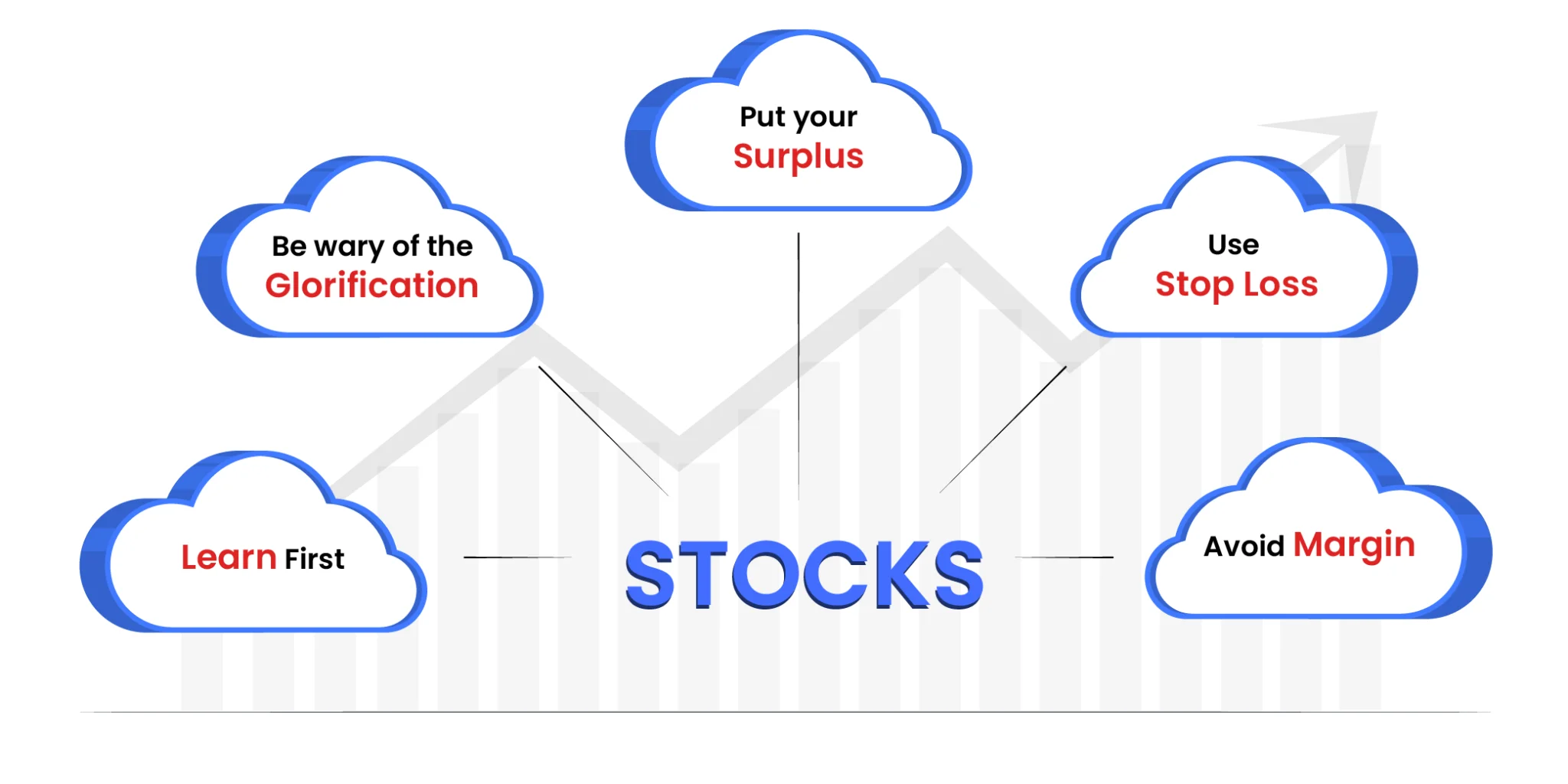How To Select Mutual Funds For SIP?
Investing through the SIP mode is pretty popular among investors. But how can you find the right mutual fund to invest in via the SIP? Here is a detailed guide on how you can do so without having to put in much effort.
These days, most investors are aware of the importance of Systematic Investment Plans (SIPs) as a tool to build wealth.
However, when their SIPs do not make much money, many investors do not realize why. There could be several reasons why your SIPs might not be performing well.
It could be because the market is falling or you started investing via SIPs in a rising market or maybe you made the wrong choice of fund. So, how can you choose the right fund for your SIPs?
Before we find out how to choose a good fund, let’s learn what SIPs are.
What Are Systematic Investment Plans (SIPs)?
A Systematic Investment Plan (SIP) is a plan that allows investors to make regular, equal payments to a mutual fund scheme.
If you choose to invest ₹3,000 in an equity mutual fund scheme every month via SIP, then that amount will be deducted automatically from your bank account on the date of your choosing.
Just like how Recurring Deposits (RDs) deduct money from your bank account in regular intervals, SIPs do the same.
How Do Systematic Investment Plans Work?
Let’s say that you start investing ₹10,000 every month and this investment would create units in the mutual fund based on the NAV (Net Asset Value). If the NAV is 25, then 400 units would be allotted (10,000/25=400).
The NAV is the reflection of the market movement on which the fund is based and it can go up or down based on how the market functions.
If the stock market trades lower, you would be allocated more than 400 units and vice versa. However, the amount you pay (i.e. ₹10,000) will remain the same even if you are allocated over 400 units or less than 400 units per month.
| Month | NAV | SIP Amount | Units Allotted | Cumulative Units |
| January | 25.0 | 10,000 | 400 | 400 |
| February | 26.3 | 10,000 | 380 | 780 |
| March | 24.3 | 10,000 | 410 | 1,190 |
| April | 28.5 | 10,000 | 350 | 1,540 |
| May | 22.7 | 10,000 | 440 | 1,980 |
When you examine the example closely, you can see that when the NAV is high (likely when the market is up), the number of units allotted for the same ₹10,000 SIP is lower compared to the month when the NAV is low (the market is down).
Over time, as your SIP progresses, you will have invested across all market phases. So, your average cost will be reasonable. This is called rupee cost averaging.
Finding The Right Mutual Fund
Match Your Goals
The first step towards selecting and investing in SIP under a mutual fund scheme is to understand your investment goals.
You should ask yourself why you are making the investment – Is it to fulfill a short-term or a long-term goal? How much risk you can take with this investment?
If you have a low-risk tolerance, it is ideal for you to invest in a debt mutual fund via a SIP. On the other hand, if you are an aggressive investor, you can consider choosing an equity mutual fund.
Analyze The Long-Term Returns
Most times, people choose a mutual fund based on the recent returns offered by the fund. However, this is not a good idea. A fund can gain higher returns because of risky bets or momentum plays that work in the short term but backfires eventually.
Hence, it is important to see historical returns over the long run – five years, ten years, and so on. It is also crucial to see how much the fund has lost during a bad time, such as the 2008 financial crisis. If a fund has performed well during a crisis, it means it is a good fund.
Understand The Costs
Evaluate all the costs that you have to incur while investing in a mutual fund such as exit loads, which are charged when you exit the investment within a year from the date of purchase.
Also, take a look at the annual recurring charges like the expense ratio as these costs can lower your returns. If you are choosing the funds yourself, you can go for direct plans, which don’t involve distributor commission.
Check The Portfolio Turnover
It is a good idea to track the fund’s portfolio turnover for the ideal SIP, i.e., the percentage of the portfolio that the fund manager changes through sales and purchases every year.
A higher turnover results in higher costs (brokerage, taxes, etc.) at the mutual fund scheme level. These costs will ultimately be borne by the investors, hence decreasing the rate of return.
Know The Fund Manager
A fund manager’s track record on different schemes managed by them in the same asset management company as well as in the previous company and across market phases, can give insights into their level of expertise in managing fund portfolios.
In The End…
Finding the right mutual fund scheme to invest in via the SIP mode is important so that you can grow your wealth and achieve your goals.
Instead of just focusing on the returns, it is crucial to look at the fund’s past performance and also see whether it matches your goals and risk tolerance.
Make sure that you don’t only rely on the advertisements about returns made by companies and do research about the kind of securities that mutual fund has invested in.
Koshex is the right personal finance platform for every type of investor, who is looking to start their financial journey.
Create an account with us in less than 2 minutes and you don’t have to worry about doing any paperwork. Invest with confidence and manage your money like a pro with Koshex.
Sign up today for free!









Leave a Comment